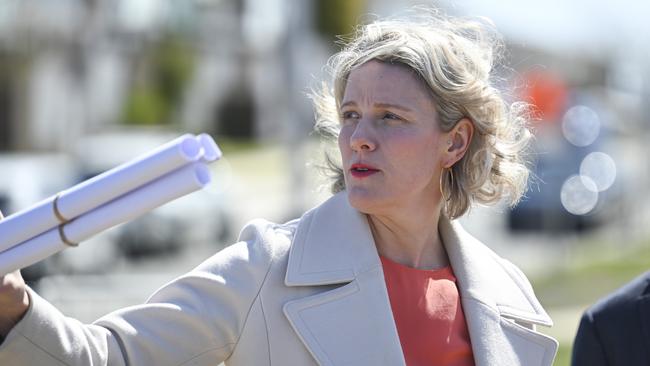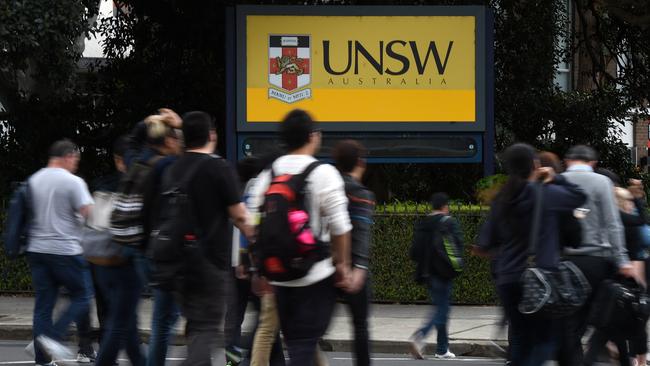These migration numbers don’t lie: the intake’s still too high


At 2.3 per cent a year, we are adding more than 600,000 persons to the population annually. This addition is almost entirely due to immigration which, in theory, the government could control.
The existence of multiple open-ended visa classes and the Department of Home Affairs acting essentially as administrators, subject to ministerial directions, mean that the numbers entering the country each year are largely unconstrained. This is subject to the speed at which the public servants can process the visa applications.
But the incoming Labor government obliged by significantly ramping up departmental resources – a decision taken by then home affairs minister Clare O’Neil – to quickly allow in more migrants, particularly international students.
The numbers tell the story. In the numbers released on Thursday by the Australian Bureau of Statistics for the March quarter, the total population grew by 615,000 over the year. Net overseas migration contributed 510,000 of that increase – or 83 per cent. That is a staggering picture: the rate of natural increase is stalling and the birthrate is falling, but there is an ongoing surge in the migrant intake.
From the end of last year, the federal government claimed to be restricting the number of new international students by changing the financial and language requirements and implementing Ministerial Direction 107, which has led to higher visa rejection rates for students from certain countries. The trouble is that there is no indication in these figures that the changes are having any impact in net terms.
Let’s not forget that the government, on the advice of Treasury, expects net overseas migration for last financial year to come in at 395,000, having been revised upwards from 375,000. With the figures for the first three-quarters already in the locker, that figure has nearly been reached.
The NOM for last financial year will likely exceed 500,000, which contrasts with a pre-Covid average this century closer to 240,000. There’s really Buckley’s chance that the NOM target for this financial year of 260,000 will be met; there will be a significant overshoot.
For all the carry-on about wanting to reduce the migrant intake, it is obvious that the government doesn’t really want to see the numbers significantly lower. It’s how GDP has continued to grow while per capita GDP has gone backwards for six quarters in a row. We may be avoiding a technical recession but so what: living standards are falling.
One key reason why the population numbers are important is that they are feeding into aggregate demand and thereby weakening any case for an interest rate reduction. We see this in the labour force figures, also released on Thursday, in which the unemployment rate remained essentially steady. In effect, the ongoing inflows of new migrants are being absorbed into the jobs market, often undertaking part-time work.

No doubt the government will now point to its policy of capping international student numbers – at 270,000 new enrolments in 2025 – as an indication of its determination to reduce net migration. The fact is that this number is too high, and the cap will be gamed by the educational institutions.
Many will front-end their enrolments in the first half of the year in the expectation that the government will soften its stance after the election. And many, if not most, regional universities will offer international students the option of studying in the major cities – many have offices in Sydney and Melbourne – which will undermine the intention of the policy to reduce the pressure on housing and other amenities in those cities.
The bottom line is that immigration remains out of control and it’s hard to take seriously any pledges made by the government to significantly reduce the numbers. The British experience shows, notwithstanding the public’s full support to restrict immigration after Brexit, that the Tory government utterly failed to reduce the numbers – of both legal and illegal immigration.
There are strong forces at play – universities, property developers, certain businesses, some ethnic groups, even Treasury bureaucrats – that oppose any cuts to migrant intakes, and their influence is apparently stronger than public opinion.





Australia has one of the highest rates of population growth among advanced economies.